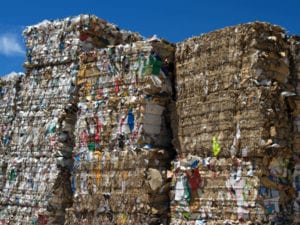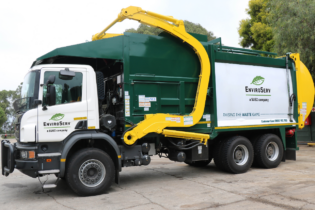Paper is one of the oldest technologies in the world, but the way it is sourced and made has come a long way since old rags, papyrus and unchecked forestry practices. Still, many companies worry about paper, about printing on it or using it for packaging.
These worries emanate from deeply rooted myths that paper is bad for the environment. “We recognise that these are legitimate concerns for any company that values sustainable and responsible sourcing,” says Francois Marais, manager of Fibre Circle, which has been established and mandated by the majority of South African paper manufacturers and importers as the producer responsibility organisation (PRO). It will manage extended producer responsibility (EPR) programmes on behalf of the sector. “Paper is one of the most sustainable materials. Forestry companies as well as the downstream value chain of wood- and paper-based products subscribe to certification organisations to ensure that the paper is sourced and produced in a responsible and balanced manner, and that its end-of-life is managed appropriately,” notes Marais. Continuous improvement has seen the sector do more with less natural resources, from planting more trees on less land, to optimising water and energy use in mills and improving paper recovery rates through industry-led programmes. EPR, a relatively new concept, describes the life cycle of products and packaging manufactured, sold and distributed by producers, importers, brand owners and retailers – collectively referred to as ‘obliged industries’.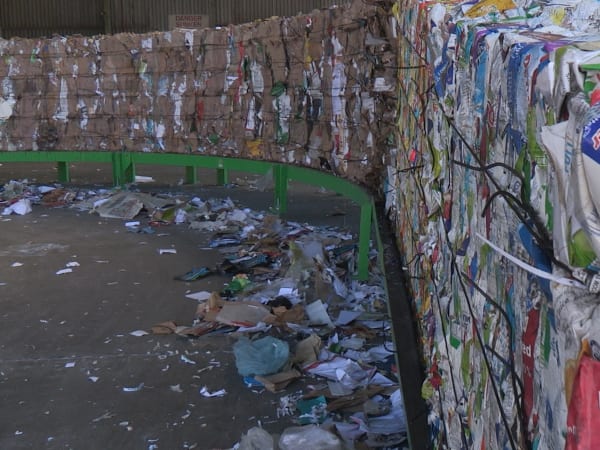
remanufacturing initiatives.
Making the circle bigger
Fibre Circle aims to bring together players in the paper and packaging value chain, including obliged industries (manufacturers and importers of the products – filled or unfilled, flat or unconverted) and brand owners and retailers. Given the costs involved of designing, operating and financing recovery and recycling systems, it is better for a group or class of producers to belong to a coordinated EPR programme. To this end, Fibre Circle has mapped out key groups of products and has been engaging producers and importers of:- printing and writing grades
- paper packaging and packaging paper for conversion
- paper sacks or sack kraft
- liquid board packaging for beverage and food cartons
- liquid board packaging for paper cups
- labels and release liner/backing paper.
The ultimate renewable
While many paper products are classified as single-use, most are recoverable for recycling and all are renewable. Commercially grown trees are the source of thousands of everyday products, not just paper. Tissue. Labels. Boxes – from common cardboard to high-end luxury packaging. Paper cups. Milk and juice cartons. Books. Brochures. Newspapers. Pulp for rayon, sponges and cellophane. Biochemicals, additives and bioplastics. And that’s the short list.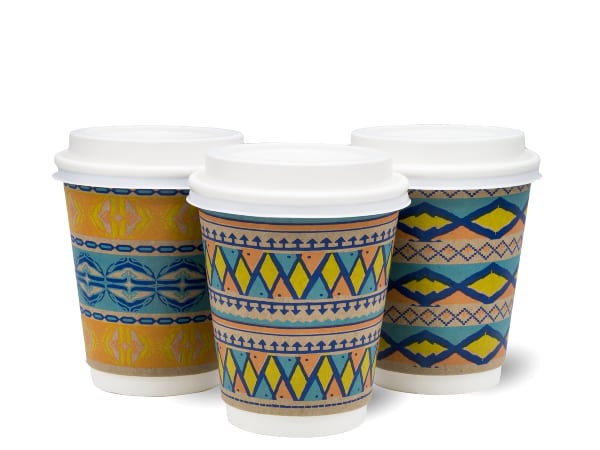
Recyclability requires value
Making up the largest proportion of recovered paper are cardboard and cartons. “They are easier to collect and easy to recycle,” says Marais, adding that there is room for improvement with products that are either difficult to collect, difficult to recycle, or both.
Office paper, a high-value commodity due to virgin fibre content, can be difficult to collect if offices and homes do not separate at source. Label backing paper or release liners are difficult to recycle due to the siliconised laminate, but relatively easy to collect due to large, pre- consumer volumes at factories. Paper cups and beverage cartons are recyclable, but not easy to recover. “Coffee and cold drink cups are mobile recyclables, making them tricky to collect once in the hands, or rather out of the hands, of the consumer,” says Marais. “When a recyclable is difficult to collect, its value to a waste collector is low.” One paper cup is not worth the effort for a collector. One tonne of paper cups from one location, every week, is a different story.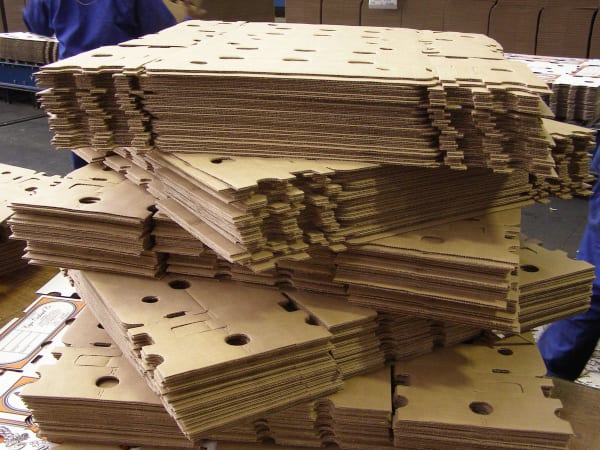
Fill your cup with Fibre Circle
Fibre Circle has been working on a prototype of a coffee cup collection bin. Designed to resemble a giant coffee cup and lid, the bin comprises three inner compartments – for liquids, high-density polystyrene lids and cups. “The idea is that office buildings and high-traffic areas can install these bins as a way of creating volume and value for the collector,” explains Marais. It’s initiatives like these that Fibre Circle aims to roll out as its membership grows. “The sector needs practical solutions that prevent usable paper fibre from going to landfill, while ensuring it is turned into value. “As members of Fibre Circle, companies pay an EPR fee based on ‘rand per tonne of product’ put on to the local market,” he notes. Funds would support, among other things, the research and development of infrastructure and alternative systems for both broader paper recovery as well as more product-focused initiatives, such as the cup collection bin. Fibre Circle has earmarked R2 million specifically for research and development into the processing of difficult-to-recycle paper products, such as liquid board packaging and label release liner.
Beyond compliance, fostering stewardship
In response to the Department of Environment, Forestry and Fisheries’ call for an EPR framework in line with section 18 of the National Environmental Management: Waste Act (No. 59 of 2008), industry bodies representing the paper, paper packaging and other waste streams had been in consultation with government prior to the Covid-19 lockdown. Marais adds, “All indications are that EPR will become mandatory in the near future.” EPR has been part of the sector’s culture for many years, with local forestry and paper companies demonstrating environmental stewardship well beyond simple compliance. “It is our intention that, through Fibre Circle, the responsible sourcing, recovery and end-of-life management of paper products can take the sector further towards the circular economy,”says Marais. With local EPR not yet legislated, membership with PROs is on a voluntary basis as part of companies’ sustainability commitments. “By paying their dues, paper manufacturers, importers and brand owners can extend responsibility beyond their own gates and beyond their customers’ hands, diverting material from landfill, training more people and creating more jobs – something that our country desperately needs.” While paper is renewable and recyclable, it requires producers to be responsible – from beginning to end, and back again.


